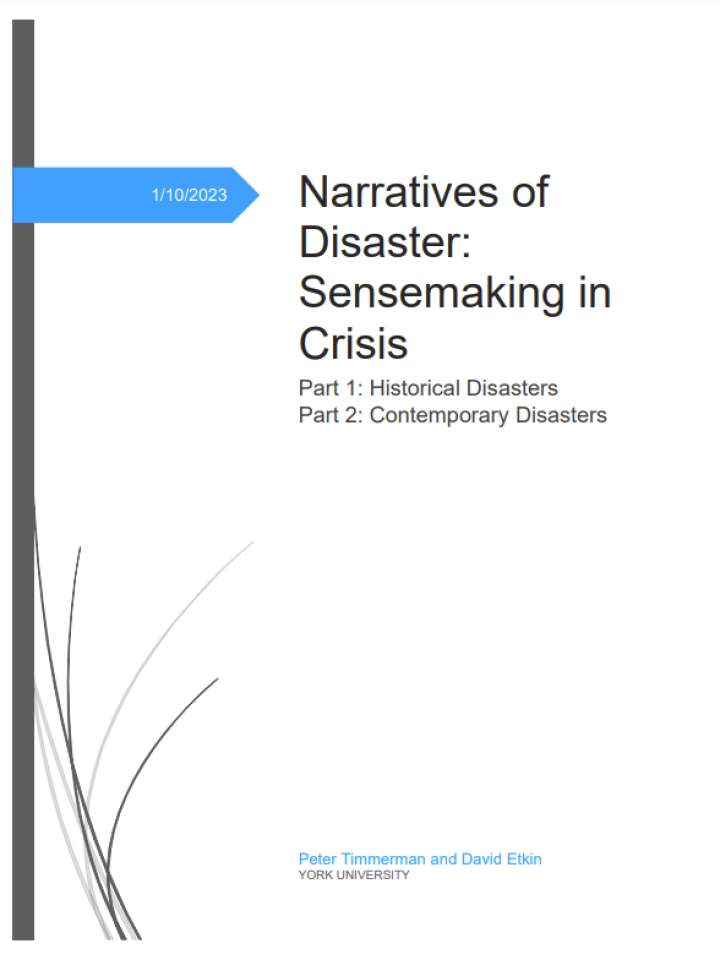Narratives of disaster: Sensemaking in crisis
This paper reviews historical perspectives on disaster, from both western and eastern cultures. To make sense of disasters people engage in the process of sensemaking, which involves the creation of narratives that place these tragic events in an understandable world. These narratives are powerful tools that have important implications for which legal, policy, technological or environmental adaptive strategies are chosen.
Further, the paper discusses how modernity has shifted those historic perspectives, and it categorizes, in the modern context, the most common disaster narratives that are used to frame this issue, using case studies. The study identifies four primary narrative structures within public and professional narratives: (1) natural, (2) technological, (3) human-caused, and (4) the Divine. Using case studies, the authors examine the consequences of the various narratives with respect to adaptive strategies.
Explore further
